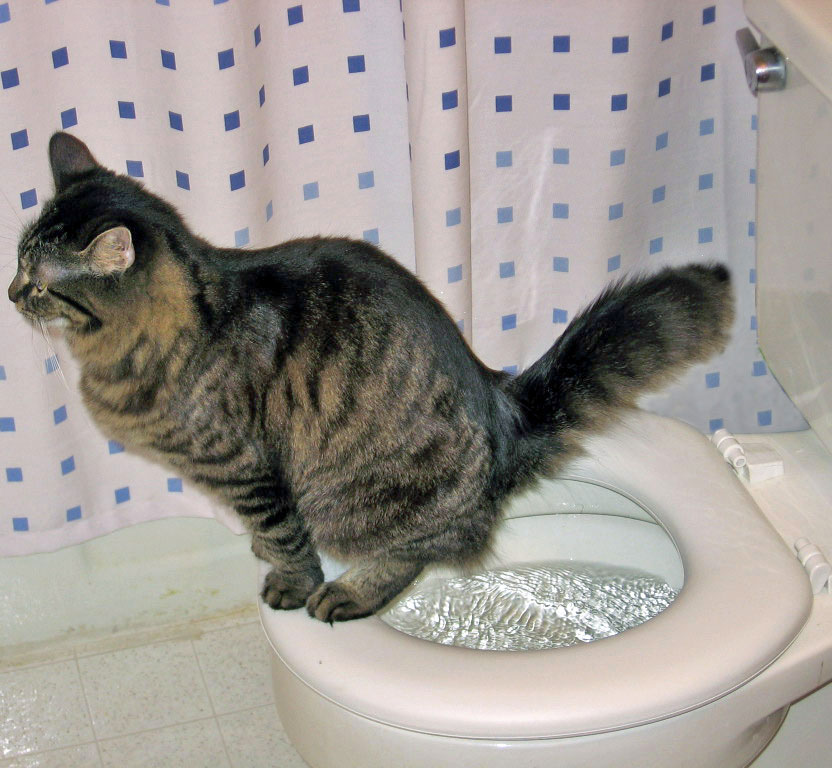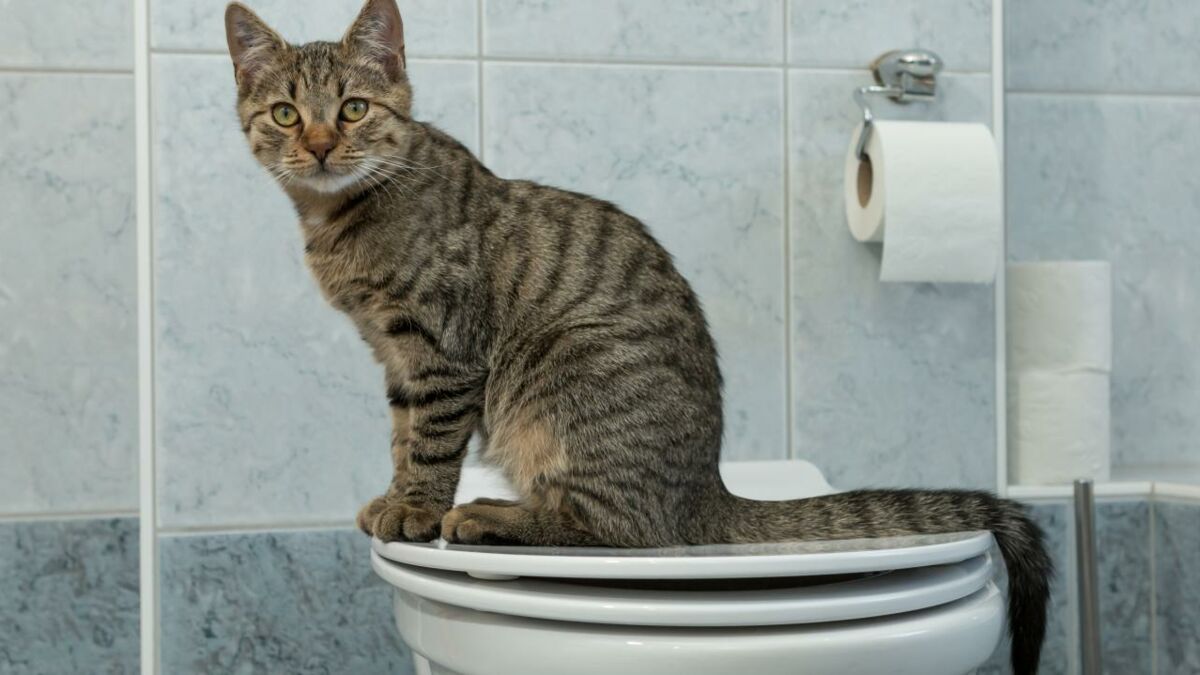Why You Should Never Flush Cat Poop Down Your Toilet - Important Facts
Why You Should Never Flush Cat Poop Down Your Toilet - Important Facts
Blog Article
Are you currently in search of additional info around How to Dispose of Cat Poop and Litter Without Plastic Bags?

Introduction
As feline proprietors, it's vital to bear in mind just how we dispose of our feline buddies' waste. While it may appear hassle-free to purge cat poop down the commode, this practice can have harmful consequences for both the environment and human health and wellness.
Environmental Impact
Flushing feline poop introduces damaging microorganisms and bloodsuckers into the supply of water, presenting a considerable danger to water environments. These contaminants can negatively impact marine life and compromise water quality.
Health Risks
Along with ecological worries, purging feline waste can likewise position health risks to human beings. Pet cat feces may contain Toxoplasma gondii, a parasite that can create toxoplasmosis-- a possibly serious health problem, particularly for expectant females and individuals with weakened body immune systems.
Alternatives to Flushing
The good news is, there are much safer and much more responsible means to take care of pet cat poop. Take into consideration the complying with choices:
1. Scoop and Dispose in Trash
The most usual approach of disposing of feline poop is to scoop it into an eco-friendly bag and toss it in the trash. Make certain to utilize a dedicated clutter scoop and deal with the waste quickly.
2. Usage Biodegradable Litter
Select naturally degradable cat clutter made from products such as corn or wheat. These litters are eco-friendly and can be safely dealt with in the garbage.
3. Bury in the Yard
If you have a backyard, think about hiding feline waste in a designated area far from veggie gardens and water resources. Be sure to dig deep adequate to prevent contamination of groundwater.
4. Mount a Pet Waste Disposal System
Purchase a pet dog waste disposal system particularly made for pet cat waste. These systems utilize enzymes to break down the waste, minimizing smell and environmental effect.
Verdict
Responsible animal possession expands beyond giving food and sanctuary-- it also includes correct waste management. By refraining from purging cat poop down the bathroom and going with different disposal techniques, we can decrease our environmental footprint and shield human health.
Why Can’t I Flush Cat Poop?
It Spreads a Parasite
Cats are frequently infected with a parasite called toxoplasma gondii. The parasite causes an infection called toxoplasmosis. It is usually harmless to cats. The parasite only uses cat poop as a host for its eggs. Otherwise, the cat’s immune system usually keeps the infection at low enough levels to maintain its own health. But it does not stop the develop of eggs. These eggs are tiny and surprisingly tough. They may survive for a year before they begin to grow. But that’s the problem.
Our wastewater system is not designed to deal with toxoplasmosis eggs. Instead, most eggs will flush from your toilet into sewers and wastewater management plants. After the sewage is treated for many other harmful things in it, it is typically released into local rivers, lakes, or oceans. Here, the toxoplasmosis eggs can find new hosts, including starfish, crabs, otters, and many other wildlife. For many, this is a significant risk to their health. Toxoplasmosis can also end up infecting water sources that are important for agriculture, which means our deer, pigs, and sheep can get infected too.
Is There Risk to Humans?
There can be a risk to human life from flushing cat poop down the toilet. If you do so, the parasites from your cat’s poop can end up in shellfish, game animals, or livestock. If this meat is then served raw or undercooked, the people who eat it can get sick.
In fact, according to the CDC, 40 million people in the United States are infected with toxoplasma gondii. They get it from exposure to infected seafood, or from some kind of cat poop contamination, like drinking from a stream that is contaminated or touching anything that has come into contact with cat poop. That includes just cleaning a cat litter box.
Most people who get infected with these parasites will not develop any symptoms. However, for pregnant women or for those with compromised immune systems, the parasite can cause severe health problems.
How to Handle Cat Poop
The best way to handle cat poop is actually to clean the box more often. The eggs that the parasite sheds will not become active until one to five days after the cat poops. That means that if you clean daily, you’re much less likely to come into direct contact with infectious eggs.
That said, always dispose of cat poop in the garbage and not down the toilet. Wash your hands before and after you clean the litter box, and bring the bag of poop right outside to your garbage bins.
https://trenchlesssolutionsusa.com/why-cant-i-flush-cat-poop/

I was made aware of that article on How to Dispose of Cat Poop and Litter Without Plastic Bags through a good friend on our other web address. Sharing is caring. Helping others is fun. Thanks a bunch for your time. Please visit our blog back soon.
Find Out More Report this page